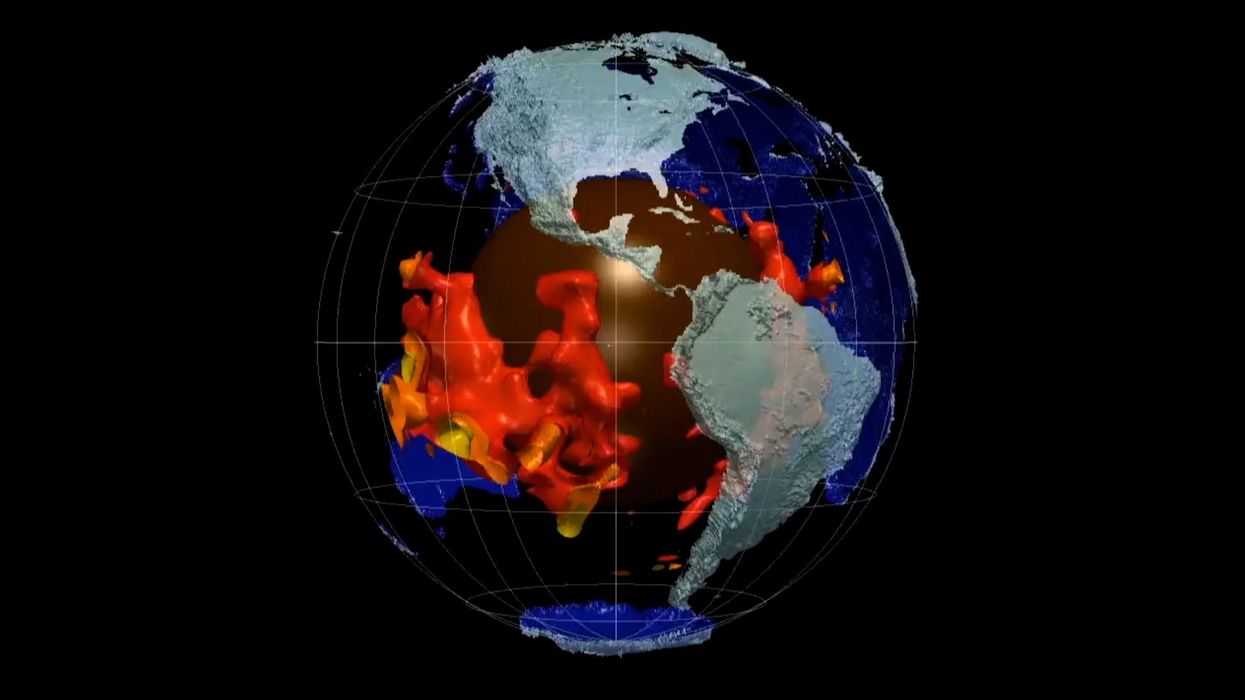Jake Brigstock
Sep 03, 2024
Inside Of The Earth 'Full Of Blobs From Another Planet'
Cover Media - Shareable / VideoElephant
While researching seismic waves which are caused by earthquakes, a team of scientists found what could be described as a 'doughnut' or a 'large belt' around the core of Planet Earth, reports IFL Science.
How the planet is formed, along with any changes or motions, is usually what researchers are looking for and scientists have found evidence of a 'ceiling' at the edge of Earth's core.
While the core has a hard edge, new research suggests the 'ceiling' does not cover all of the core but it is prevalent at certain latitudes.
This has led to IFL Science describing it as a 'doughnut' or 'large belt'.

Previous research found evidence of a thin layer around the outer core as seismic waves, which scientists have been investigating, travel more slowly through there than anywhere else in the core.
A new study published in the journal Science Advances argue the shape of the 'doughnut' is not completely spherical due to an approach which is called the coda-correlation wavefield.
Looking at similarities, researchers looked at the coda (tail) of seismic wave and when put together and saw reverberation signals from deeper layers of the planet and found signals from stations at the equator are different from those at higher latitudes.
Such a shape can be created if the outer core is transferring more heat compared to other parts of the world.
If the 'doughnut' layer is only there at specific points, this could also have implications for how the magnetic field of our planet behaves which is itself not fully understood.
How to join the indy100's free WhatsApp channel
Sign up to our free indy100 weekly newsletter
Have your say in our news democracy. Click the upvote icon at the top of the page to help raise this article through the indy100 rankings.
Top 100
The Conversation (0)














